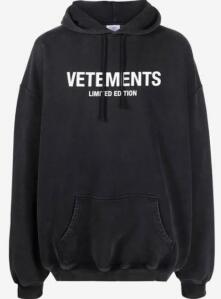by Dennis Crouch
This post gets a bit into the weeds of the doctrine of equivalents -- focusing on how courts identify the "function" of a claimed element when analyzing infringement under the doctrine of equivalents (DoE). In this post, I use the court's new SMG decision to help frame the discussion. Smartrend Manufacturing Group (SMG), Inc. v. Opti-Luxx Inc., No. 2024-1616 (Fed. Cir. Nov. 13, 2025). Writing for a unanimous panel, Judge Dyk reversed a jury verdict finding that Opti-Luxx's illuminated school bus sign infringed SMG's U.S. Patent No. 11,348,491 under the doctrine of equivalents. The appellate court held that no reasonable jury could find the accused product's frame performed the same function as that claimed.

The basic rule here is that the fact finder should first look to the patent's written description and specification to determine the function of a claimed element. But, if (only if) the patent is silent or ambiguous on the function, then turn to the perspective of one of ordinary skill in the art via extrinsic evidence such as expert testimony.
Almost everyone is a bit uncomfortable with the DoE. Almost by definition, the doctrine only arises when the infringer is doing something different than what is claimed in the patent. I.e., they don't literally infringe what has been claimed. With the DoE, they might be tagged for doing something close enough - but where is that fuzzy threshold? The discomfort with this fuzziness has led the courts to develop various mechanisms to cabin-in the DoE to avoid overreach. And, the court's approach here in Smartrend is one such example. Most often, mechanisms operate as tools for a district court to take the decision out of the hands of the jury via summary judgment or JMOL.
The leading test for DoE requires an element-by-element function-way-result test. To infringe, the accused product must perform each and every element of the claim in substantially the same function, in substantially the same way, to achieve the same result. If any element fails this three-part test then there is no infringement.
For the first part of this test - same function - we really have a two step algorithm: (1) first figure out the function of the claimed element; then (2) determine whether the accused activity achieves that same function. Although these two steps are both questions of fact for the jury, Smartrend largely transforms step-1 into a claim construction exercise that seems to hand authority to the Judge as another tool for avoiding the jury.







